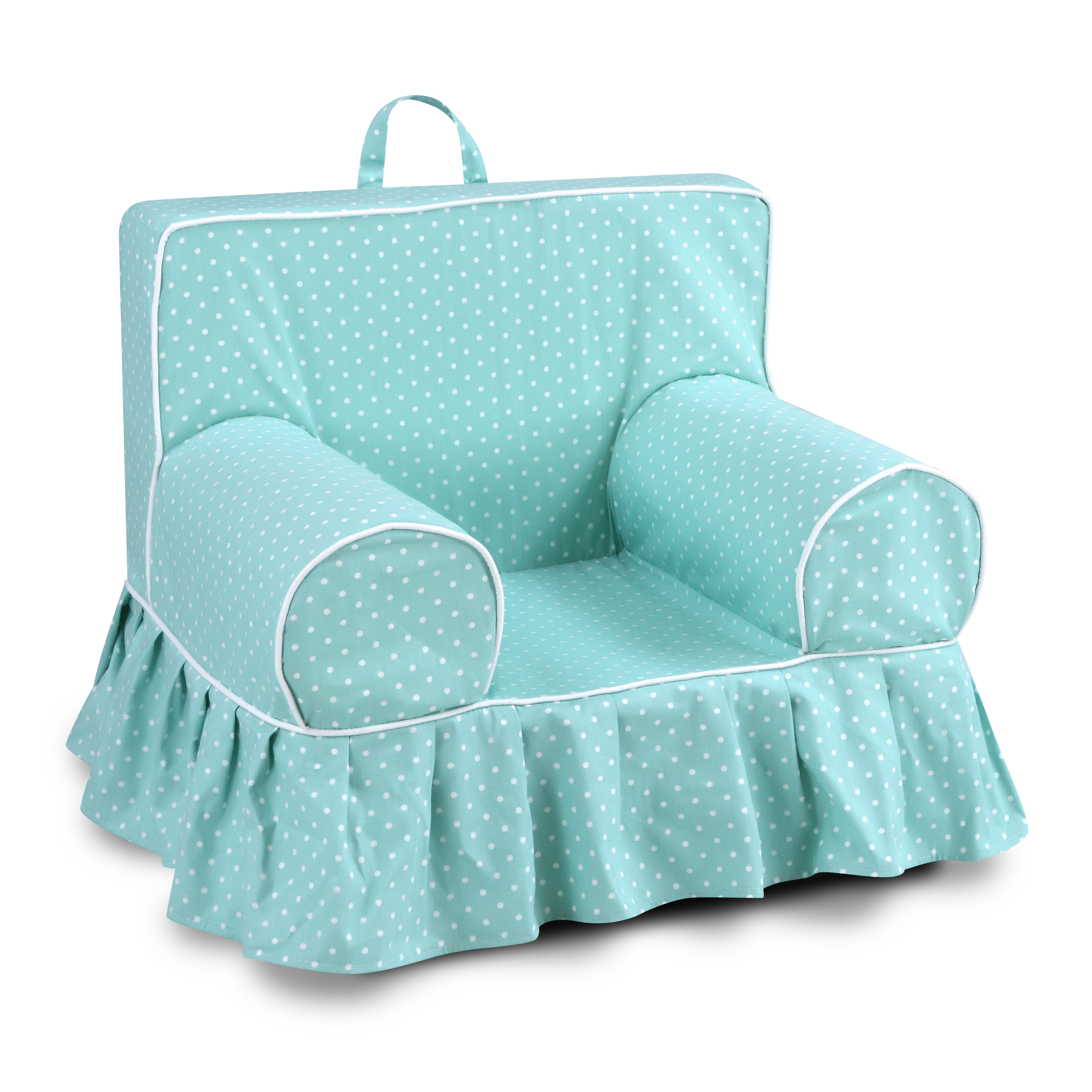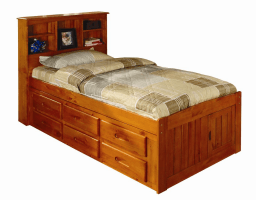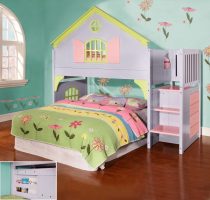Coordinating Colors in Kids Rooms

Color is the palette with which you paint your home. In a kids room, you will typically choose colors that are a little different than you would in the rest of the house. These bedrooms tend to feature more daring, funky, and fun colors, often incorporating pastels and bright blaring hues into the overall scheme. However, that doesn’t mean you should leave this choice up to chance. The colors around your kids will actually have a profound effect on the way that your child thinks and grows.

The Color Wheel
This handy tool makes it easy to choose colors that match. There are numerous free versions of this online, or you can just use google to find an image of one. It works by allowing you to choose a color, and then giving you an indication of two other colors that would match it. In this way you can have an entire palette laid out for you, no matter what hue you start with.
Psychology of Color
Scientists have been studying the effects of color on people and kids for years. What they have found is that exposure to certain hues, especially over time, can have an effect on the way a person views the world, and especially on the way that a child’s mind develops. By understanding these effects, you can have another subtle influence that will help your kids grow and thrive.
Red: In general red is an active color. It tends to make people hungry, and angry, and agitated. Generally that won’t be a good choice for a child’s room.
Blue: This is the most soothing color. If your child is having trouble sleeping then painting the walls any of a variety of shades of blue may help to ease their minds at night.
Green: Green is another soothing color, that tends to gentle people, although not as dramatically as blue. Green is also interesting in that lighter shades tend to have an airy effect, while darker shades may lend themselves to quiet contemplation.
Yellow: Yellow is an agitating color in most of its shades. In kids bedrooms you’ll often see yellow featured in toys and furnishings, as a whimsical piece of décor.
Features
The most obvious way to introduce color to a kids room is by painting the walls. However a monolith of colors isn’t a good idea, so interspersing accessories and furnishings that have complimentary hues can be a great way to add contrast. Art is another option, as paintings and posters will have a variety of complimentary colors allowing you to increase the complexity of your palette.









